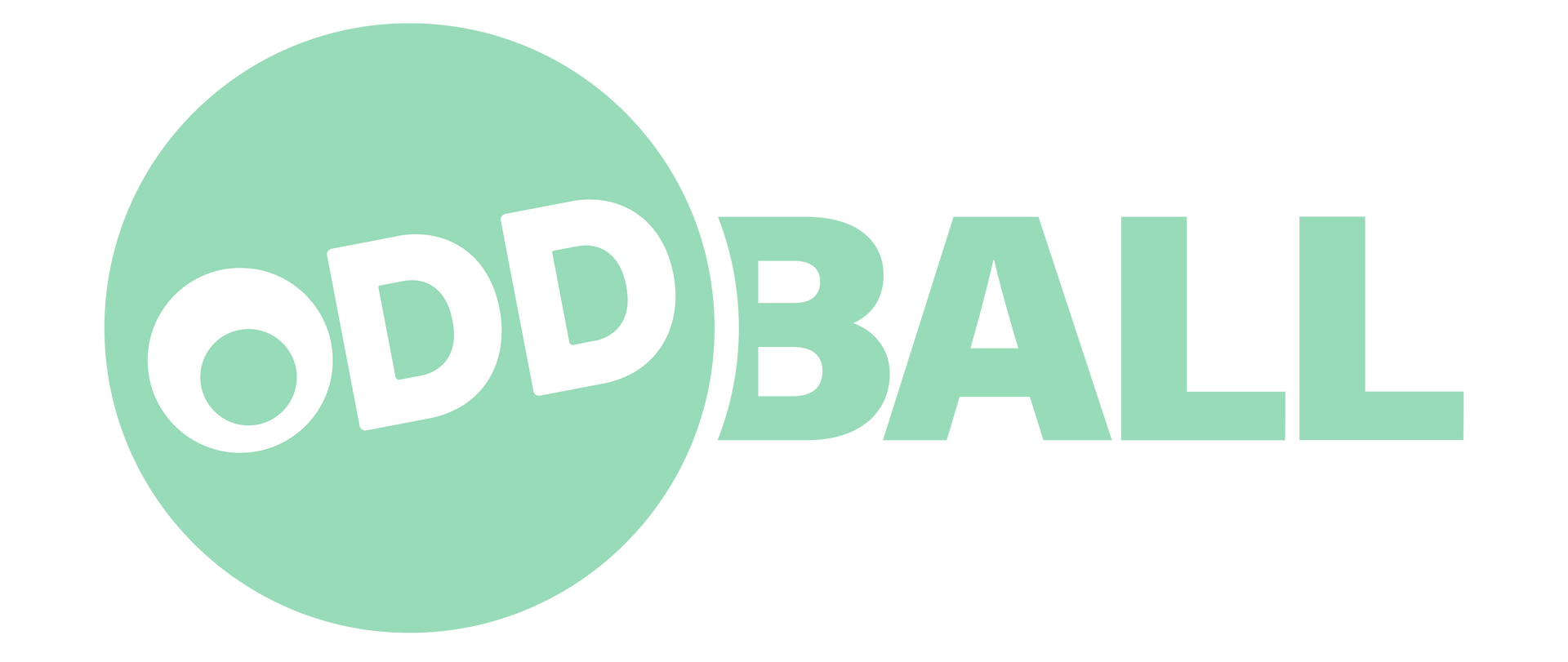Digital Ads: A Simple Way to Boost Sales
Digital advertising can be a game-changer for reaching your audience and driving sales. Unlike traditional advertising, it allows you to target specific groups of people and track the effectiveness of your ads in real-time. To get the most out of your digital advertising efforts, it's important to choose the right platforms, create compelling content, manage your budget wisely, and continually optimize your ads based on performance.
Choosing the right digital advertising platform depends on where your audience spends their time. Whether it’s social media, Google, or display ads on various websites, each platform has its own strengths and can be used to achieve different goals. Knowing which platform to use can make a huge difference in the effectiveness of your advertising campaign.
Creating compelling ad content is the next big step. You need catchy headlines, high-quality images or videos, and clear calls-to-action. This ensures your ads grab attention and encourage viewers to take the next step. Once your ad is live, managing your budget and tracking performance helps ensure you get the best possible return on investment. By continuously measuring and optimizing your ads, you can make data-driven decisions that improve your advertising results over time. Let's explore these topics in detail to help you make the most of your digital advertising efforts.
Choosing the Right Digital Advertising Platforms
Exploring Social Media Ads
Social media ads are great for reaching a large audience quickly. Platforms like Facebook, Instagram, and Twitter offer different types of ads to suit various goals. Facebook and Instagram ads can include images, videos, carousels, and stories. These platforms allow detailed targeting options based on age, location, interests, and behavior. This ensures your ads reach the right audience.
Using social media ads can also drive engagement. Users can like, comment, share, or click through to your website. This interaction not only spreads your message but also provides valuable feedback. The costs are typically based on an auction system, where you set a budget and bid on ad placements. Regularly monitoring and adjusting these ads helps you get the best results.
Utilizing Google Ads
Google Ads are effective for reaching people actively searching for products or services. You can create text ads that appear in search results or display ads that show on websites within Google’s network. Text ads target keywords that potential customers use, ensuring your ad reaches people interested in your offering.
Display ads use images or videos to attract attention on various websites. This is useful for brand awareness and remarketing. Google Ads also allows detailed targeting based on demographics, interests, and search behavior. You set a budget and only pay when someone clicks on your ad, making it cost-effective.
Considering Display Ads
Display ads are versatile and can be used across multiple platforms, including Google Display Network and third-party websites. They usually include images or videos and appear in banners, sidebars, or within content. These ads are useful for brand awareness and can reach a wider audience based on demographics and interests.
Creating eye-catching display ads helps grab visitors' attention as they browse. Placement is key, so choose websites that your target audience frequents. Display ads are especially powerful for remarketing, showing ads to users who have visited your site but didn’t convert. This keeps your brand top of mind and encourages return visits.
Crafting Compelling Ad Content
Writing Catchy Headlines
A catchy headline grabs attention and makes people want to know more. It should be short, clear, and related to the ad’s content. Use action words that create urgency or excitement. For example, “Don’t Miss Out!” or “Limited Time Offer!” A good headline should also include keywords relevant to your target audience.
Test different headlines to see which one performs best. Pay attention to engagement metrics to understand what resonates with your audience. A strong headline increases the likelihood that users will stop scrolling and engage with your ad.
Using High-Quality Images and Videos
High-quality visuals are crucial for catching the eye. Use clear, bright images or videos that represent your product or service well. Avoid stock images that look too generic. Instead, use real photos or videos of your offerings. This builds trust and makes your ad feel more authentic.
Videos should be short and to the point, ideally no longer than 15 seconds. They should highlight key features and include a call-to-action at the end. Quality visuals not only attract attention but also convey professionalism and credibility.
Creating Effective Call-to-Actions
An effective call-to-action (CTA) guides users on what to do next. Clear and direct CTAs like “Buy Now,” “Sign Up,” or “Learn More” encourage immediate action. The CTA should stand out and be easy to click or tap on.
Place CTAs in a prominent position within the ad. Use buttons or links that are hard to miss. Combine strong verbs with the desired action to create a sense of urgency. A good CTA can significantly improve your conversion rates by making it clear what the user should do next.
Setting and Managing Your Ad Budget
Allocating Your Budget Wisely
Allocating your budget wisely ensures you get the most out of your ad spend. Start by determining how much you can afford to spend on digital advertising. Consider dividing your budget across different platforms to test which ones yield the best results. For instance, you might allocate a portion to social media ads, another portion to Google Ads, and the rest to display ads.
Prioritize your spending based on performance and goals. If social media ads generate the most engagement, consider allocating more budget to that channel. Use tools that allow you to set daily or monthly spending limits. This prevents overspending and ensures your budget lasts.
Tracking Spending and ROI
Tracking your spending and return on investment (ROI) is crucial. Use analytics tools provided by each advertising platform to monitor your spending and measure performance. Calculate ROI by comparing the revenue generated from the ads to the total cost spent. This helps you understand which ads are cost-effective.
Regularly review this data to identify trends and patterns. For example, if certain ads yield high engagement but low conversions, you may need to tweak the content or targeting. Keeping an eye on spending and ROI ensures you're making data-driven decisions.
Adjusting Based on Performance
Adjusting your strategy based on performance is key to success. If an ad isn’t performing well, don’t hesitate to make changes. This can include tweaking the headline, changing the visuals, or adjusting the targeting criteria. Sometimes, small adjustments can make a big difference.
Pause underperforming ads and reallocate the budget to better-performing ones. Regularly test new ideas to see what works best. This continuous optimization helps maximize your ad effectiveness and ensures you get the best results for your spend.
Measuring and Optimizing Ad Performance
Using Analytics Tools
Using analytics tools is essential for measuring ad performance. Platforms like Google Analytics, Facebook Insights, and other built-in tools help track metrics such as clicks, impressions, and conversions. These tools provide real-time data, allowing you to monitor your ads' effectiveness.
Set up custom reports and dashboards to easily track key metrics. This helps you stay on top of performance and quickly identify any issues. Utilizing these tools ensures you have the data needed to make informed decisions.
Interpreting Key Metrics
Interpreting key metrics is crucial for understanding your ad's impact. Focus on metrics like click-through rate (CTR), conversion rate, and cost per conversion. A high CTR indicates that your ad is engaging, while a high conversion rate shows that users are taking the desired action.
Balance these metrics with cost-related data to ensure your campaigns are cost-effective. A low cost per conversion means you're getting more value for your money. Regularly review these metrics to gauge performance and make necessary adjustments.
Making Data-Driven Adjustments
Making data-driven adjustments helps improve ad performance over time. Use the insights gained from analytics tools to tweak your ads. For example, if a particular ad performs well during weekends but not weekdays, consider scheduling it for weekends only.
Test different elements such as headlines, images, and CTAs to see what works best. Regularly update your targeting criteria based on the data collected. Continuous improvement based on real data ensures your ads remain effective and relevant.
Conclusion
Effective digital advertising involves careful planning, smart budgeting, and continuous optimization. Start by choosing the right platforms to reach your audience. Whether it's social media, Google, or display ads, each platform has its strengths. Craft compelling ad content with catchy headlines, high-quality images, and strong call-to-actions to grab attention and drive engagement. Managing your budget wisely is crucial. Track your spending and ROI to ensure you're getting the best value. Adjust your strategy based on performance data to keep your ads effective.
Regularly measure and optimize ad performance using analytics tools. Interpreting key metrics and making data-driven adjustments are essential for ongoing success. This approach ensures your ads stay relevant and impactful.
Ready to take your digital advertising to the next level? Contact Oddball Creative Agency to get started on crafting a strategy that works for your business. Visit our website to learn more and see how our
digital advertising company can help you achieve your goals!



